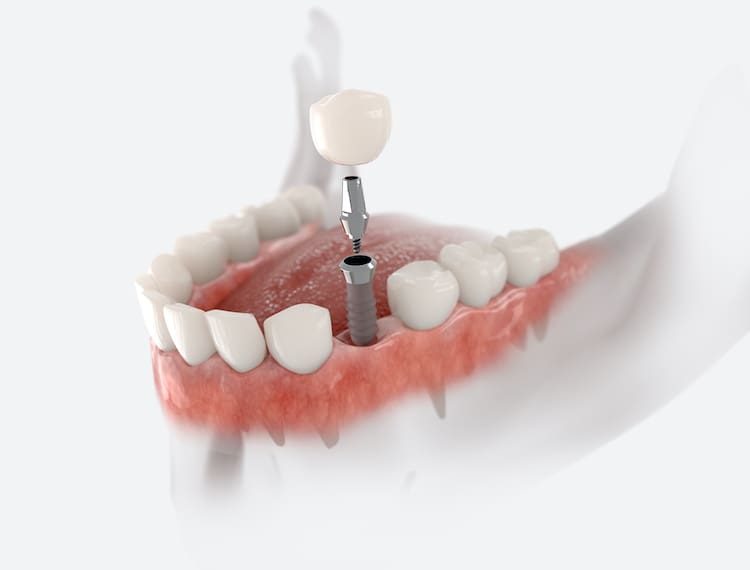Dental implants have become one of the most reliable and natural-looking solutions for replacing missing teeth. Whether you’ve lost a tooth due to injury, decay, or another reason, a dental implant could restore both function and aesthetics. While the outcome is generally rewarding, the process involves several steps and requires patience. Understanding what to expect when getting an implant can aid in your recovery.
The Initial Consultation
The first step in the dental implant journey is a comprehensive consultation with your dentist or oral surgeon. During this visit, your oral health will be evaluated through a physical exam and imaging, typically using X-rays or 3D scans. Your dentist will assess the condition of your jawbone, gum health, and determine whether you’re a suitable candidate for the procedure. If bone density is insufficient, a bone graft may be recommended before the implant can be placed.
Your provider will also discuss your medical history, lifestyle habits, and treatment goals. This is the time to ask questions and understand the full scope of the procedure, timeline, and costs involved. A customized treatment plan will be created, outlining each stage of the implant process.
Preparing for the Procedure
In some cases, preparatory treatments may be necessary before the implant can be placed. This might include tooth extractions or bone grafting if the jawbone is too soft or thin. These procedures can add healing time before the actual implant surgery can be scheduled. If no additional work is needed, the implant placement may move forward more quickly. Depending on your situation, your dentist may also recommend a temporary tooth replacement during the healing period to maintain aesthetics and function.
The Implant Placement
The dental implant itself is a small titanium post that acts as a replacement for your tooth root. During the surgical procedure, your dentist will numb the area and place the implant into the jawbone beneath the gum line. This outpatient surgery usually takes about an hour per implant and is done under local anesthesia, though sedation options may be available for those who feel anxious.
Following the placement, your jawbone will need time to heal and integrate with the implant in a process known as osseointegration. This can take anywhere from three to six months. During this phase, the implant becomes securely fused to the bone, creating a strong foundation for the artificial tooth.
The Healing Process
Post-surgery, it’s common to experience some discomfort such as swelling, bruising, and minor bleeding. These symptoms are typically manageable with over-the-counter pain relievers and a soft food diet for the first few days. Your dentist will provide detailed aftercare instructions to support healing and prevent complications. It’s essential to maintain excellent oral hygiene during this period. Keeping the implant site clean reduces the risk of infection and better ensures successful integration with the bone.
Attaching the Abutment and Crown
Once the implant has fully integrated with your jawbone, you’ll return to your dentist for the next phase. A small connector called an abutment will be attached to the implant post. This component holds the final dental crown in place. After the abutment is installed and your gum tissue has healed around it, the final step is placing the custom-made crown. This crown is designed to match the color, shape, and size of your natural teeth, often making it virtually indistinguishable from the real thing.
Dental Implants in Plano, TX
At Aesthetic Dentistry Centre, we are dedicated to your oral health. If you suffer from tooth loss, your bite and smile could be at risk. Contact our office today to schedule a consultation and learn more about your restorative dentistry treatment options.

